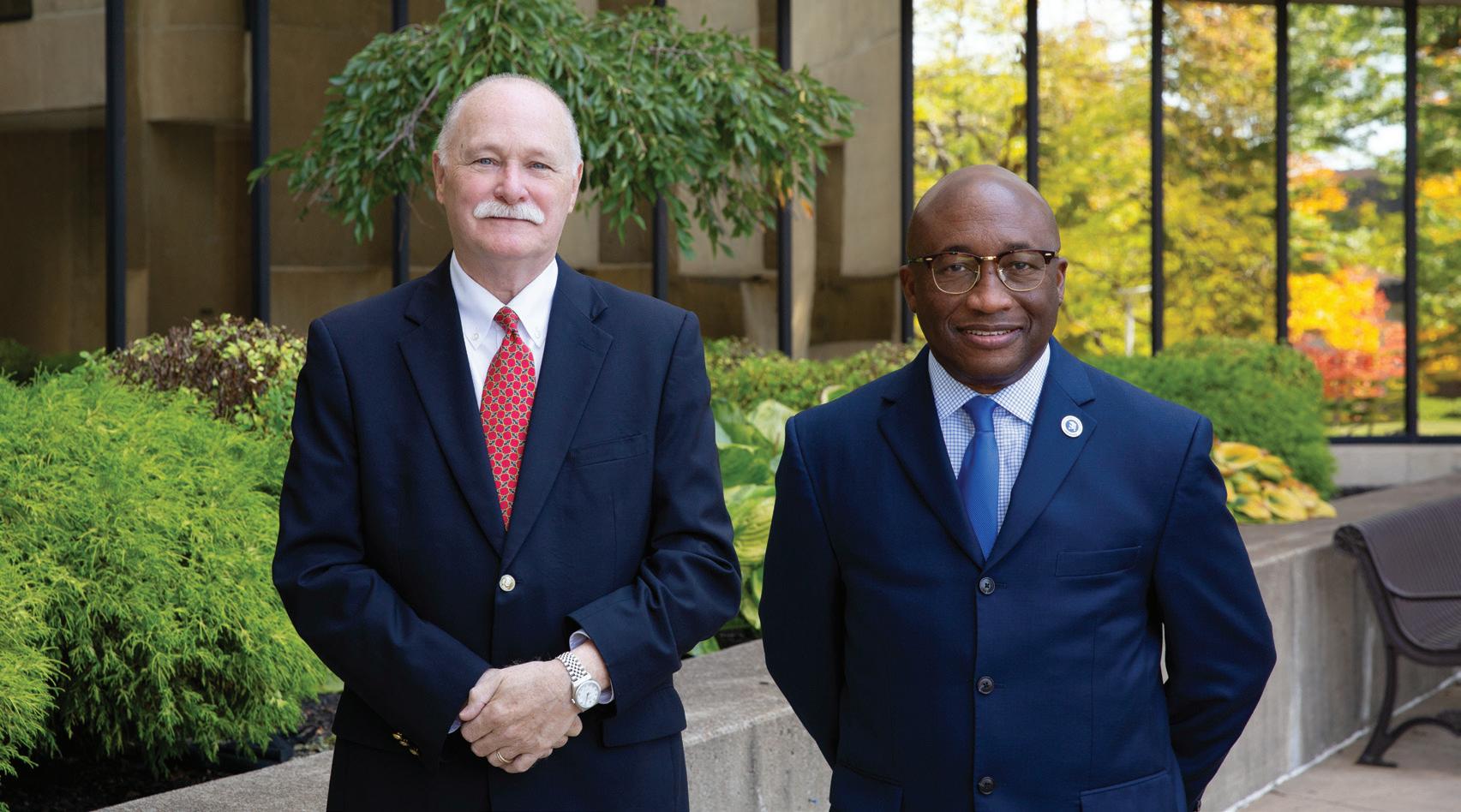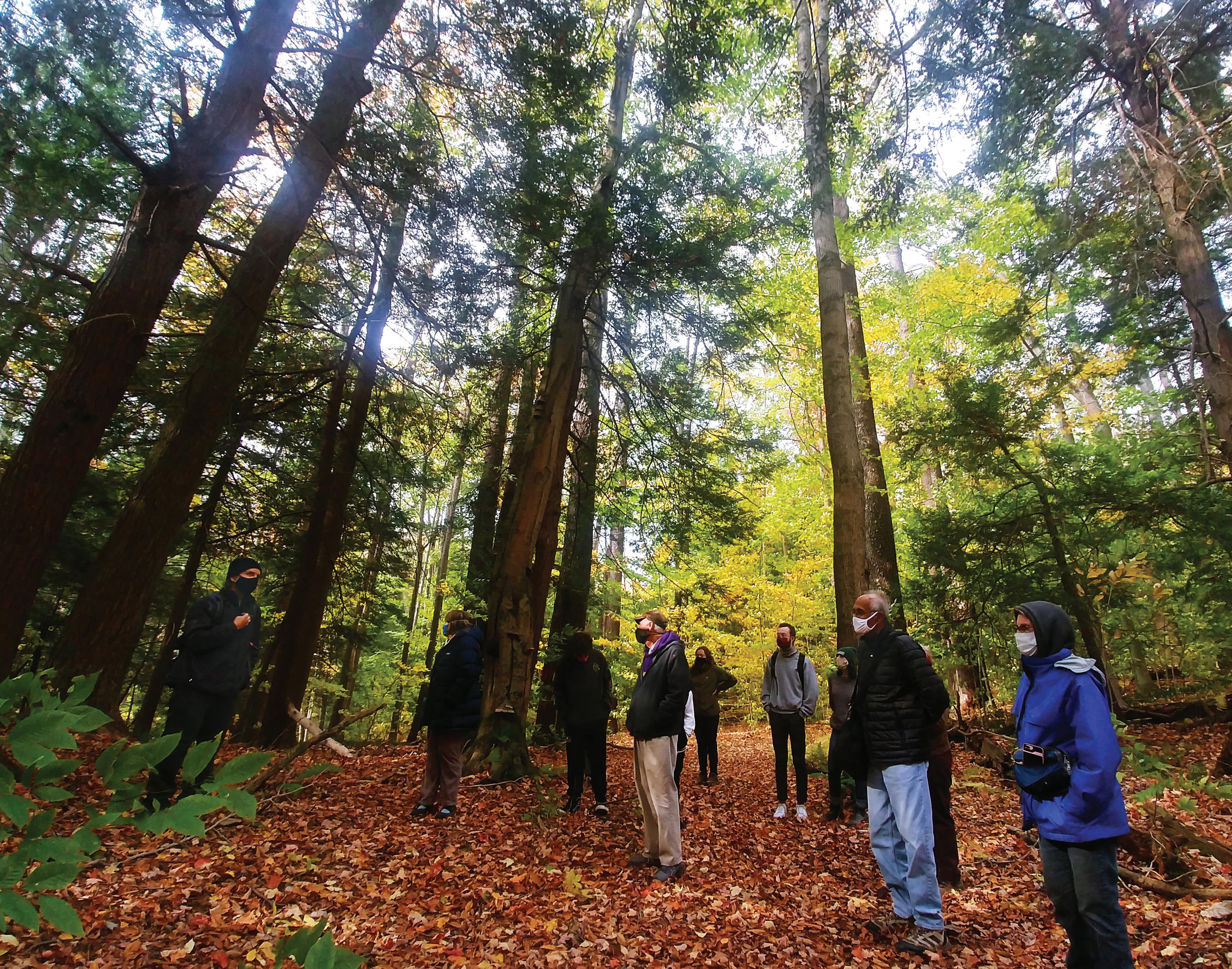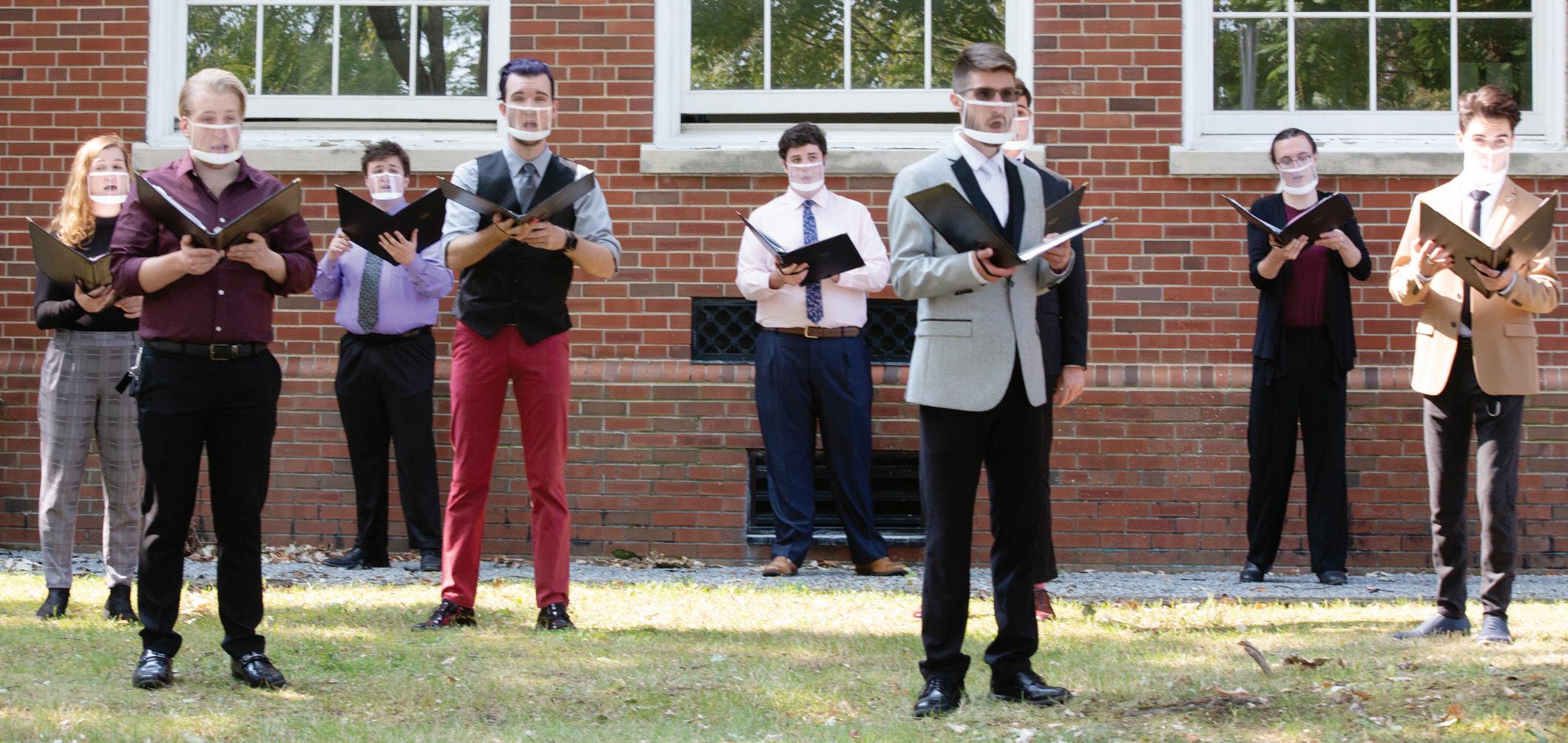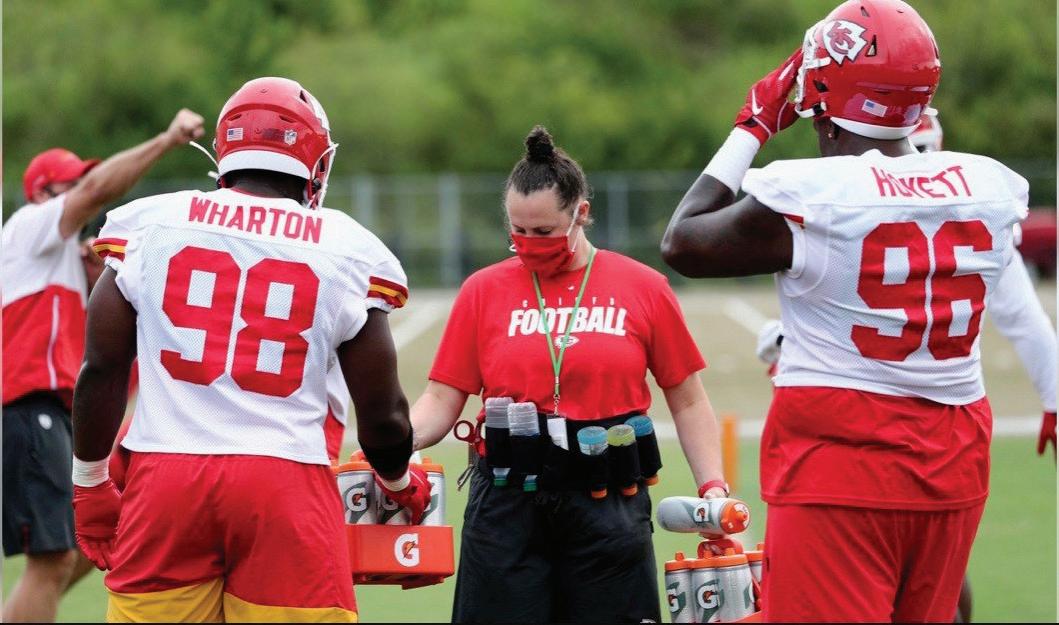
11 minute read
Comprehensive campaign goal smashed
By Roger Coda
“What an incredible journey this has been!"
That’s the exclamation point Interim Vice President for University Advancement and Fredonia College Foundation Executive Director Betty Gossett places on “Nurturing Innovation: The Campaign for Fredonia.” The fund drive for the State University of New York at Fredonia was an unparalleled success, raising over $24.5 million—exceeding its goal by more than 20 percent.
“When we launched, we knew this would be our most ambitious, comprehensive campaign in Fredonia’s history. We experienced an amazing outpouring of support throughout the campaign,” Ms. Gossett reflected. She attributes its outcome to the dedication of alumni, friends of the university, local businesses and organizations and an enthusiastic and committed team, all who want to see SUNY Fredonia and its students thrive.
Campaign co-chairs Dennis Costello and Joseph Falcone described the $20 million goal as quite ambitious, “and it was not clear that we could make it,” Mr. Costello, ’72, recalled. “We were quite pleased that we not only met the goal, but exceeded it.”
Costello was awestruck by the reaction of the Fredonia community at large and what he described as the unbelievable effort that Gossett and her staff put into the campaign amid the campus’ leadership change and coronavirus pandemic. “They just kept at it, and the support we saw was just amazing,” Costello said. 52,850 individual gifts were made to the campaign. As part of that number, 21,451 individual gifts were made by 3,628 alumni and 21,264 individual gifts were made by 385 faculty and staff. Noteworthy was the large number of donors who gave more than once. “It’s very impressive that they were so supportive of Fredonia over a long period of time,” Costello said.
The campaign’s success gave Mr. Falcone, ’74, a heightened appreciation for the school, its students and staff, as well as donors. Falcone acknowledged the groundwork — developing priorities and identifying needs — prepared by current and former campus leadership that helped to steer the direction of the campaign and provide the case for support.
This was the university’s fourth capital campaign, and clearly its most fruitful.
The first, “Extending Our Horizons: The Campaign for Fredonia,” raised just over $5.5 million in 1995. “Traditions and Transitions: The Anniversary Campaign” netted more than $10.6 million in 2004, while “Doors to Success” achieved $16.7 million in 2011. Each time, campaign goals were surpassed but never more than this one.
When the Nurturing Innovation books were closed on Dec. 31, gifts had soared to $24,520,307.
“Several donors and their impact became newsworthy but it was those combined with the thousands of more modest donations cumulatively that made the difference and made the campaign so successful,” Gossett said.
The campaign’s conclusion comes at a critical time for Fredonia. State support has been stagnant while operational costs climb due to unfunded mandates. This results in more college costs being shifted to families.
The number of endowed funds grew by 132, or 31.5 percent, during the campaign. The increased giving to the endowment combined with strong investment returns enabled the foundation to double its annual endowment spending distribution.
“Endowment gifts and gifts established through planned giving represent a crucial source of funding for ongoing support and establish a lasting legacy that will benefit our university far into the future,” Gossett said.
Access to Quality Education
“Students were the main beneficiaries of donors’ generosity,” Falcone explained, largely through scholarships and academic support that comprise Access to Quality Education, one of five campaign priorities. Its $10 million goal was exceeded by nearly $350,000. Scholarships are increasingly vital to help make higher education more accessible to students coming from families with limited incomes and limited access to high quality education before they arrive at Fredonia, Dean of the College of Liberal Arts and Sciences Andy Karafa explained.
Nearly 40 percent of Fredonia students are eligible for Pell Grants, which means their family household income is below $40,000. Scholarships and support to promising first-year students are provided by the highly regarded Keeper of the Dream Scholarship and Leadership Program that relies on longstanding support from the foundation. What makes the program unique is its blend of scholarship and leadership activities. Graduation rates of KOD students—known as scholars— exceed the university’s graduation percentages.
A very generous donation is allowing Fredonia to build a system of retention and follow-up with students that otherwise would not have been possible. “This approach will be more proactive, identifying students before they get on (academic) probation, focusing on helping students develop learning skills, time and stress management, etc.,” explained Interim Associate Provost for Curriculum, Assessment, and Academic Support Carmen S. Rivera. “The ultimate goal is the success of all of our students,” Dr. Rivera said.
Last spring, the Student Emergency Relief Fund was created through the foundation with support from faculty, staff, alumni and friends to help students cover unexpected expenses related to the pandemic and pivot to distance learning. Over $108,000 has been released to 642 students.
Individual grants up to $500 were given to meet technology needs, purchase supplies to complete coursework online, address food insecurity and cover other basic needs. Additional money will be distributed to students in the spring for those with hardships.
Learning from Experience
Dr. Karafa indicated it’s critical for Fredonia, as a state regional institution, “to open as many doors as possible for students. One of the things that we do exceedingly well is provide high quality, high impact experiences for our students, in ways such as hands-on research, work in studios and service learning opportunities, which provide support to our community.”
Fredonia’s commitment to career readiness and enhancing community outcomes is realized through experiential learning, which provides students an opportunity to advance their learning and accelerate career development. Funds dedicated to experiential learning help students in all fields of study to connect classroom knowledge and skills to public service and professional experiences.
The campaign realized just over $5.8 million, comfortably above its $4 million goal, for Learning from Experience to support faculty-student research collaborations, service learning, internships and entrepreneurial activities. Experiential learning opportunities are numerous: internships, clinical placements, field study, research, practicums, service learning, community service, civic engagement, capstones and creative works, study abroad and travel/exchange programs and entrepreneurship.
More than a link between classrooms and workplace, experiential learning is a vital conductor allowing for the infusion of knowledge and skill development contributing to real-life needs in the community, said Tracy Collingwood, director of Engagement and Career Development. “Students consistently tell us that their experiential education assignments have a positive impact on their career readiness competencies and this bears out in terms of employer feedback that we receive,” Ms. Collingwood said.
Future teachers benefit from an Innovation in Education Fund that supports a specially designed internship program which includes year-long internships that contain three classroom placements in a school district.
“Additional support allows students unique learning experiences here on campus. Visiting artists and speakers have the ability to meet with our students to talk about creative work or share experience and expertise in a variety of areas,” Gossett said.
Funds have also provided accessibility to educators, writers, workshops and nationally recognized diversity speakers with a goal of educating and providing experiences that grow a campus climate of acceptance and understanding, Gossett explained.
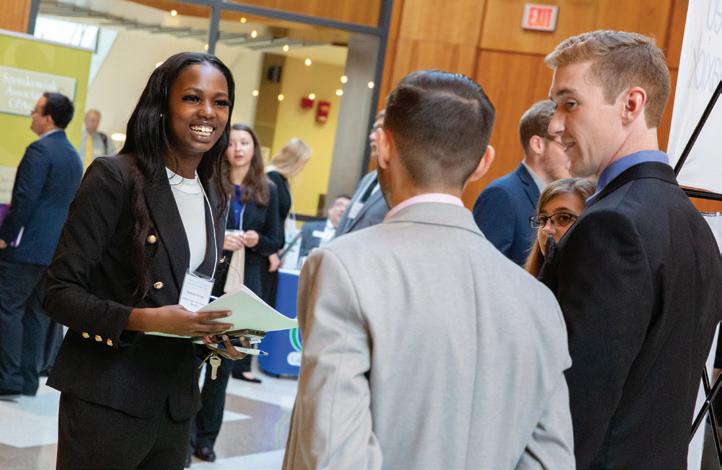

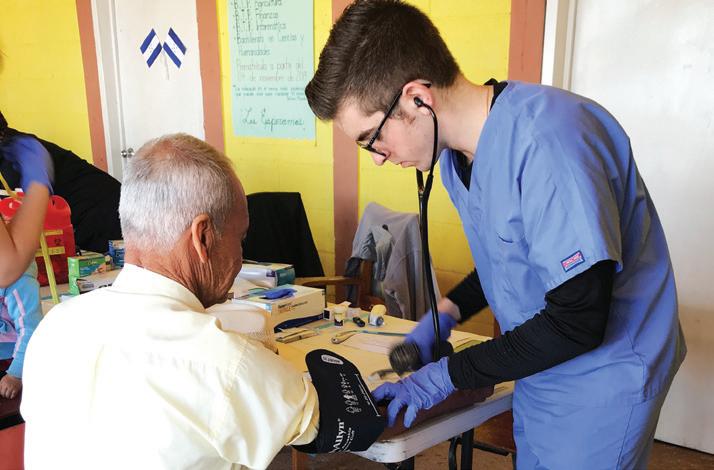
Learning Spaces
Learning Spaces represents a strategic investment to ensure Fredonia graduates are exposed to and trained on routine and emerging technologies and spaces that accommodate current instruction methods. This campaign goal clearly resonated with donors, who gave just over $4.6 million—more than double the $2 million goal.
Opportunities to designate a space—perhaps a location close to a donor’s passion or profession, or place with sentimental value—were embraced, with over $852,000 raised through designation of 30 named spaces. The renovated Rockefeller Arts Center and its new Studio Complex accounted for 17 named spaces, which include rehearsal and performance spaces, offices and common areas. Named spaces were also added to the Science Center and more recently, the renovated Houghton Hall.
Job prospects for Theatre Design and Production students have been enhanced by the purchase of two projectors and state-of-the-art software with a $75,000 matching challenge grant from a regional foundation. “It gives us more options; we can create digitally what we can’t necessarily create in real life,” Department of Theater and Dance Professor Todd Proffitt said of the high-end equipment.
The backdrop of the sweeping California landscape seen by the Joad content because, more and more, places want to have that modern look, family in Fredonia’s 2019 production of “The Grapes of Wrath” was made want to have that modern feel,” Proffitt said. more vivid by the new equipment. The flexibility of the equipment also Areas outside of the classroom were designed as learning spaces as enhances opera and dance ensembles since the environment created “can well. Donations created a nature and physical fitness trail in the wooded be anything our designers can imagine,” Proffitt added. lot off Ring Road for the campus and community to enjoy. Support for the
“It’s the new technology that our students need to know. They are going observatory will provide the opportunity to teach and learn the wonders to be dealing with projectors; they’re going to have to deal with designing of the night sky.
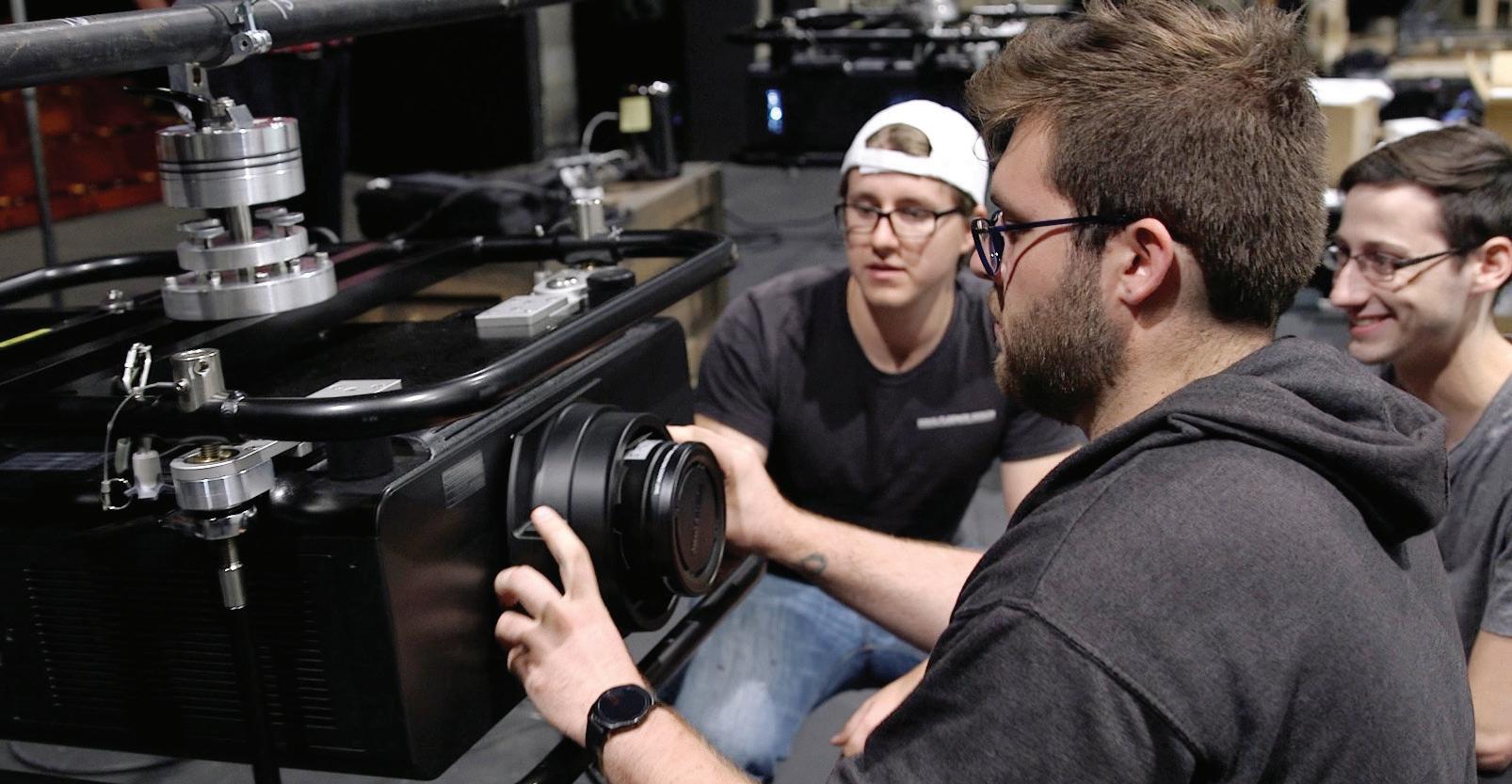

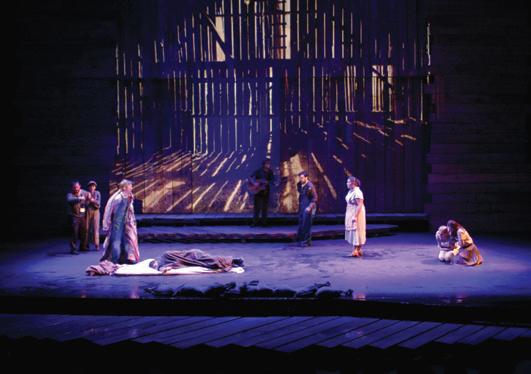
Exceptional Faculty
The Exceptional Faculty priority that recognized that investing in the faculty who teach students is essential netted nearly $1.5 million toward its $2 million goal. “Among funds received to support faculty in all fields, a number of endowments were established to support faculty who mentor students beyond the traditional classroom, offering research fellowships, stipends and support for creative and experiential opportunities,” Gossett said. Campaigns also support innovation that enhances
a student’s education in unexpected ways, such as an award that brings together faculty and students from two “seemingly” opposing disciplines —the arts and natural sciences—in projects that show how these areas can complement one another, Dr. Karafa explained.
Support for a faculty member or graduate student to pursue a unique creative experience is provided by donor support for the visual and performing arts as well.
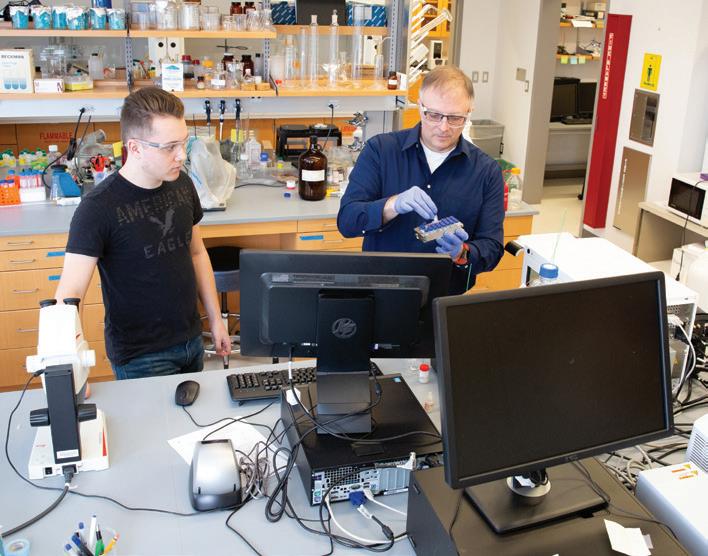
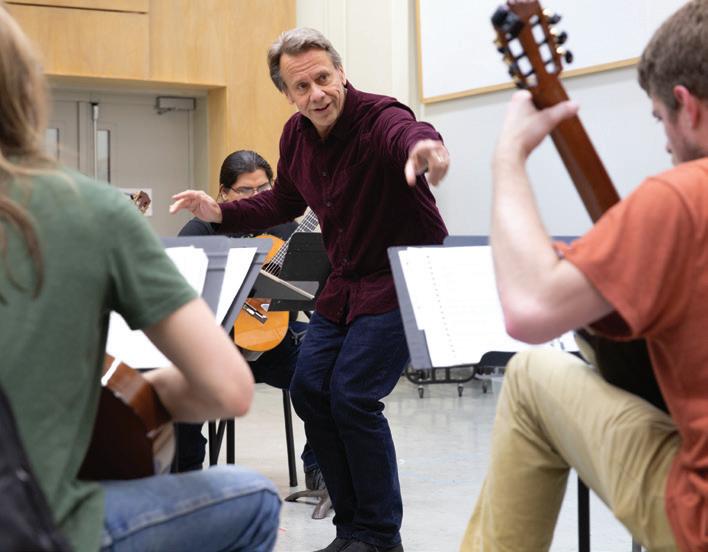
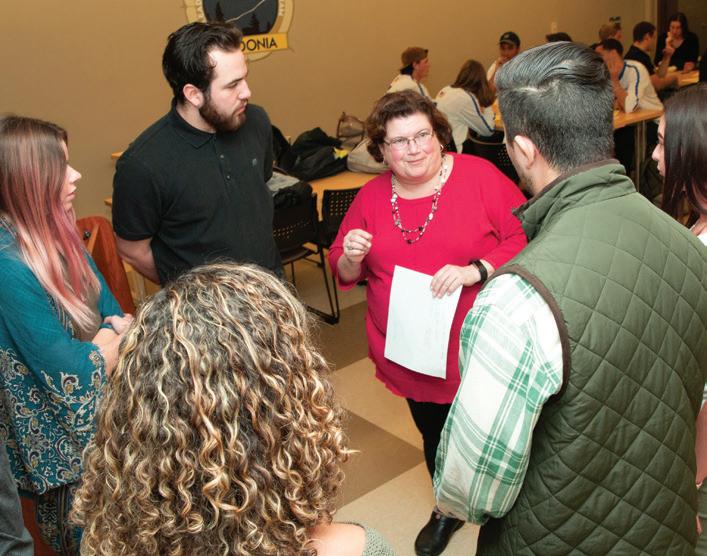
Unrestricted Gifts
Donors supporting the Unrestricted Gifts category provide flexibility so funds can be quickly directed to achieve a strategic goal, support an emerging initiative or address a significant or unanticipated need. Donors exceeded the $2 million goal by over $200,000.
The Honors Program annually receives $100,000 from the foundation unrestricted funds for scholarships to first-time/first-year students and transfer students. An Honors scholarship and other stacked awards make college more accessible for students who rely on them to help purchase books, pay fees and remove financial barriers that otherwise might stand between them and a college education, said Honors Program Director Natalie Gerber.
Students currently in the Honors Program, representing more than 50 different majors, receive a unique learning experience through Honors seminars, rigorous Honors courses, unique learning experiences and extracurricular activities.
The Professional Development Center is a prime example of a resource, supported by unrestricted funds through the foundation, that coordinates and provides educational opportunities and training for faculty and staff, meeting a need identified by the university.
The PDC provides financial support for projects that enhance student learning using high-impact teaching practices. Funding is used to help faculty participate in professional development experiences, attend conferences and helps them with teaching practices, and also provides faculty with much needed equipment that can be used to enhance instruction in the classroom, explained Dawn Eckenrode, PDC director.
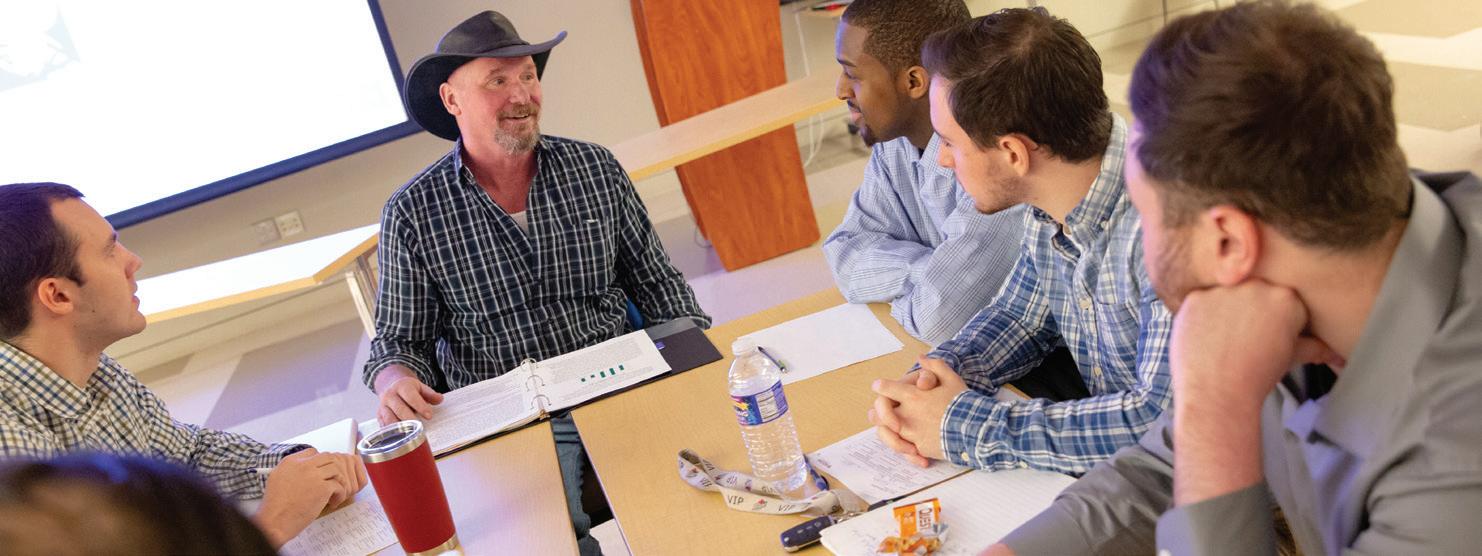
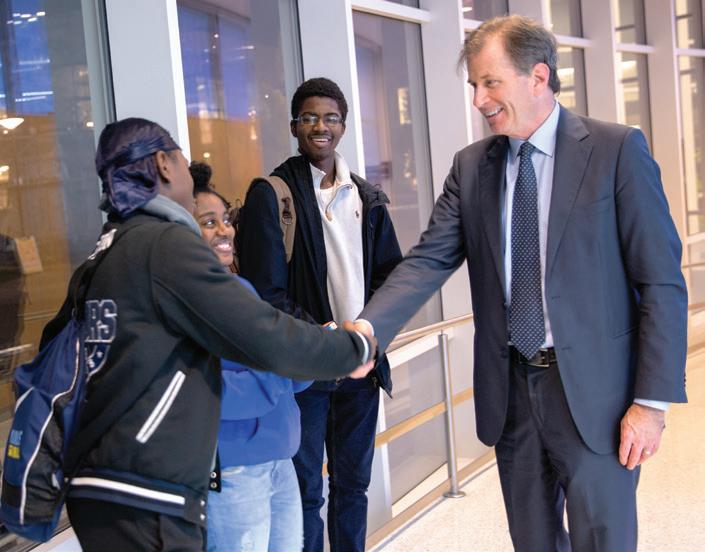
President Stephen K. Kolison Jr., who joined Fredonia during the last five months of the campaign, described its success as “exciting beyond expression.” Resources obtained through the campaign will help the university achieve goals in the areas of quality education accessibility and enhancing or strengthening learning spaces, experiential learning and faculty scholarship, President Kolison said.
“I want to express thanks and appreciation to all the donors, my predecessors Dr. Virginia Horvath and Dr. Dennis Hefner, the campaign co-chairs Dennis Costello and Joseph Falcone, Ms. Betty Gossett, the members of the foundation board and staff, the College Council, the President’s Cabinet, the faculty, staff and students for their roles in this campaign,” Kolison said. “I am grateful to everyone who made this a successful endeavor,” he added.
“Fredonia has benefited from loyal volunteers, past and present staff and the campus community. The time, energy and resources they have provided has been heartwarming and the impact will be far reaching,” Gossett said.

